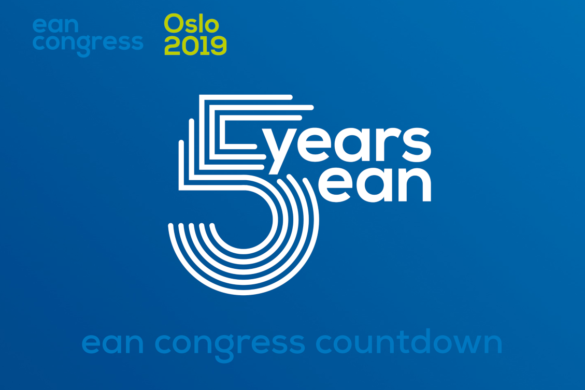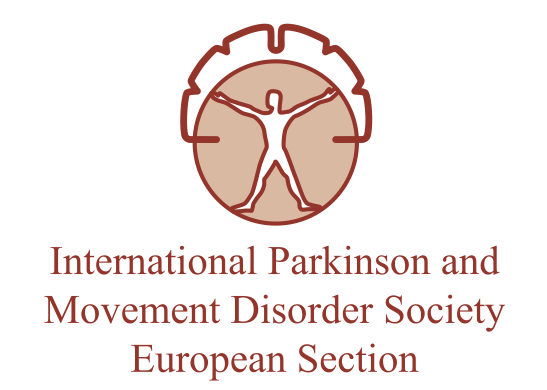by Francesco Iodice
This EAN TV Studio Session focused on three neurological diseases in which gender specific issues play an important role: migraine, MS and epilepsy.
The session was opened by Prof. Gisela Terwindt from Leiden, the Netherlands, who spoke about migraine, a pathology certainly more frequent in the female population. She began by addressing the importance of recognising and treating the perimenstrual form. In particular, we know that these forms of migraines are associated with more severe and longer attacks. She explained that a Whatstudy.nl register was created in the Netherlands with the aim of identifying possible links between the role of hormones and migraine in women. It is very important to consider that migraines are associated with an increased risk of stroke, in particular forms with Aura. Anti-CGRP antibodies are useful treatments in both sexes but they can increase blood pressure, particularly in women.
Regarding the important differences between males and females, genetic factors and hormonal status should be mentioned. It should also be considered that the treatment of migraine in females is associated with social difficulties because doctors often are too scared of adverse events.
Another significant difficulty of the treatment in the female sex is represented by contraceptives: it is known that women with migraine have fewer children. Some triptans have been found to be safe, but the risk of complications for childbirth is still a little higher in those treated. A partial interruption of the treatment when planning to have children could help and new generation antibodies have a fairly short time to vanish from the blood; therefore treatments must be interrupted for shorter periods than before.
Final remark about good communication: we must always tell our patients not to be afraid of pregnancy, which is a good therapy for migraine. Terwindt said if she had a million euro to spend, the most urgent area of research could be the role of hormones in the genesis of migraine, as that’s it’s where all starts.
In the second talk of the session, Prof. Melinda Magyari from Copenhagen, Denmark, talked about multiple sclerosis, a pathology that has become progressively more frequent in women since the 1970s. In particular, by analysing big data coming from the Danish Multiple Sclerosis Registry (which is directed by Prof. Magyari) it is noted that the female sex is affected at quite more advanced ages than before, even over 50 or 60. Female MS is often associated with relapsing forms with a less serious course than in the male sex.
An issue to overcome in MS is the fact that two thirds of the people included in the RCT are female and, therefore, it is not easy to appreciate the differences between the sexes. In this case, pregnancy represents a good therapy for the disease so women have to be advised not to be scared. Having to recognise areas of urgent intervention, the Magyari noted that there is certainly a need to implement the registers from which many useful data emerge day after day: in recent years women have changed their smoking habits, have fewer children, are more often obese, and probably they have a different gut microbiome than before; a factor that remains to be investigated. In the era of artificial intelligence big data are even more important than before.
In the final speech of the session Prof. Eugen Trinka from Salzburg, Austria, talked about epilepsy and, in this case, pregnancy is a factor that even worsens the disease, mainly because of wrong treatments. In particular, the effects are linked to difficulties in treatment. Epilepsy certainly increases infant mortality, but several studies have shown that good treatment reduces this increased risk, both during pregnancy and during breastfeeding. It is very important to have centres prepared for pregnancy counseling. A factor to consider in the female sex is that contraceptives often reduce the effectiveness of many common drugs. Pathology is quite similar in different sexes but it has been recognised that females are more likely to have nonconvulsive seizures and the nonconvulsive epileptic state.
A crucial factor, especially in Africa and Asia, is that females suffer more from the stigma of the disease and people with the condition are not allowed to marry, so they tend to deny the condition and are therefore not treated. For this reason, compliance with the treatment tends to be reduced in the female sex. This is a key message: doctors need to communicate better and explain that there is effective treatment that can also be done during pregnancy.
Considering areas for development, Prof. Trinka spoke about current successes, including the EURAP registry, which is compiled by general practitioners. From similar registers we have discovered that Levetiracetam and Lamotrigine have a better profile in pregnancy. A second success could be the implementation and diffusion of epilepsy registries borrowed from the models of the Scandinavian countries. As said before, a third area of development is represented by the improvement of communication strategies: compared to before, treatment must be shared more with women who may have different feelings regarding the presence of crises, or the risk associated with pregnancy. If forced to identify a priority now, it would perhaps not be basic research but implementation of clinical registers, which need to be improved and disseminated.












